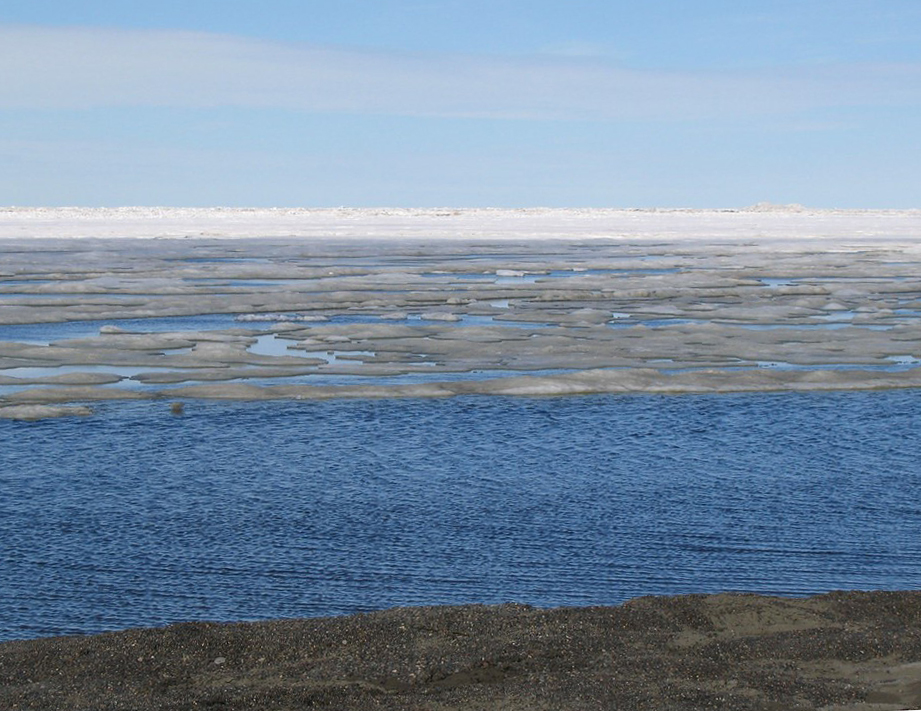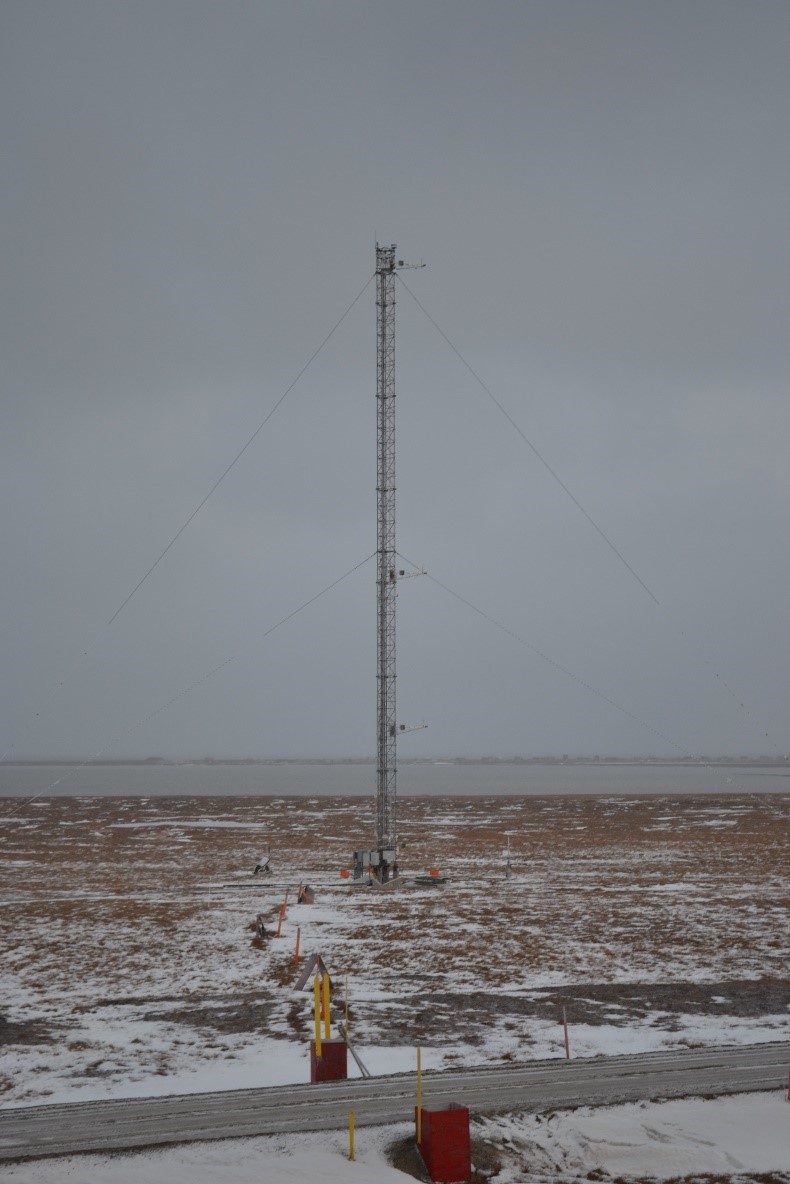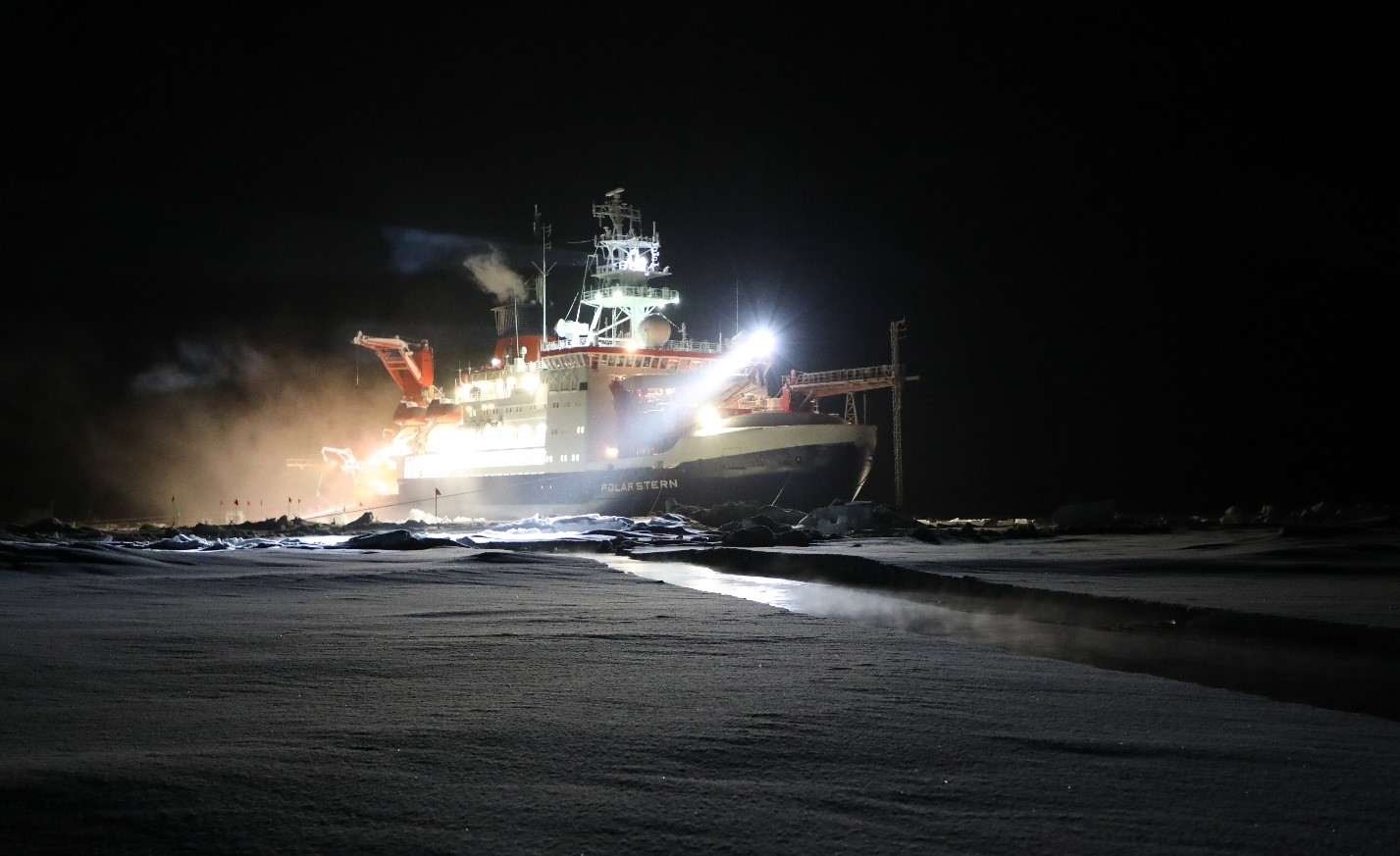Researchers find that more cracks in the ice lead to fewer—not more—low clouds

A recent study in Nature Communications revealed a counterintuitive link between “leads”―cracks in arctic sea ice―and the prevalence of low clouds during winter.
Leads can be from a few meters to tens of kilometers wide. They branch and intersect, creating splinters of dark open water that are more prevalent than ever in the wintertime Arctic.
When such open water is exposed directly to the atmosphere, heat and moisture escape. That makes knowing more about leads important for calculating surface energy balance.
The paper’s authors, all from the University of Utah, used data collected in Alaska by the U.S. Department of Energy’s Atmospheric Radiation Measurement (ARM) user facility.
The authors showed that when there are more leads, there are fewer boundary-layer clouds. This contradicts the present understanding, which holds that a greater number of leads result in more heat and moisture fluxes, and therefore a greater number of low clouds.
Key Data from ARM in Alaska

To reach their surprising results, the Utah researchers relied on diverse analyses of satellite and surface measurements. Most of all, they relied on long-term measurements collected by ARM in coastal northern Alaska.
ARM’s North Slope of Alaska atmospheric observatory is centered in Utqiaġvik (formerly known as Barrow). The site is adjacent to the Arctic Sea and collects measurements on cloud and radiation properties.
ARM data, says co-author Gerald “Jay” Mace, “were fundamental to our study.”
Authors of the January 2020 paper, led by graduate research assistant Xia Li, found that areas with a lot of leads (called “high lead fractions”) freeze over quickly in wintertime―typically within a few hours. This rapid freezing shuts off fluxes of moisture but allows fluxes of heat to remain. The resulting dry-air mixing dissipates clouds and reduces low-level cloudiness.
Model Simulations

To investigate the physics of the interactions between ice cracks and low clouds, the researchers performed four model simulations based on ARM data from 2008 to 2011.
Their model domain was 102.4 kilometers by 12.8 kilometers (64 miles by 8 miles), with a horizontal grid spacing of 200 meters (656 feet).
The simulation included 81 ascending vertical layers, capped at a height of 1.5 kilometers. That’s not quite a mile, but enough to simulate the arctic boundary layer, the researchers say.
ARM Technical Director Jim Mather calls the paper’s surprise conclusion “interesting.”
He adds that data from the ongoing Multidisciplinary Drifting Observatory for the Study of Arctic Climate (MOSAiC) expedition “should be useful to evaluate this finding.”
Among their other science missions, MOSAiC researchers are studying the dynamics and fate of sea ice in a warming world.
# # #ARM is a DOE Office of Science user facility operated by nine DOE national laboratories.

